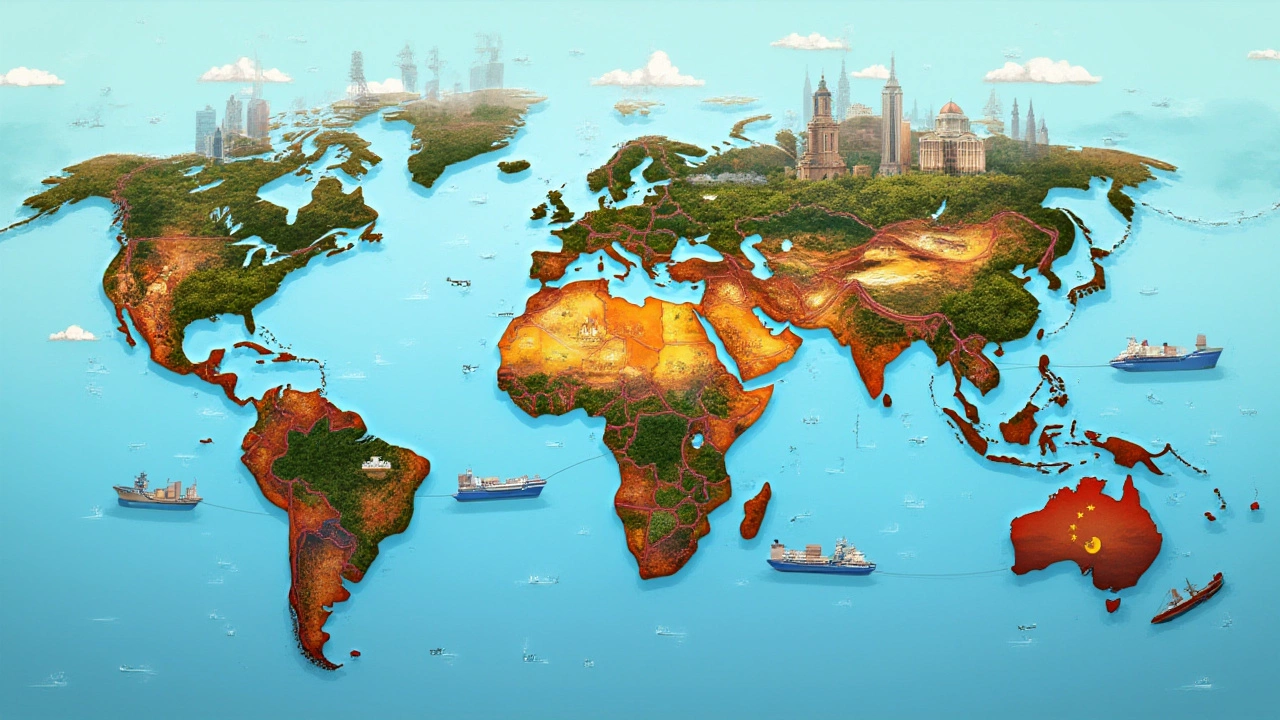Global Chemical Industry – What’s Shaping It in 2025?
The chemical sector touches almost every part of our lives, from the plastic bottle you drink from to the fertilizers that grow your food. In 2025 the industry is booming, but it’s also wrestling with sustainability pressures and shifting demand patterns. If you’re a manufacturer, investor, or just curious about where the next big chemical breakthrough will come from, this guide gives you the practical facts you need.
Key Growth Drivers
First off, demand for specialty chemicals is outpacing basic petrochemicals. Companies are paying more for tailored solutions that improve performance—think high‑strength adhesives for electronics or biodegradable polymers for packaging. This shift is driven by three clear forces:
- Consumer preferences: Shoppers want greener products, so manufacturers are turning to bio‑based chemicals that reduce carbon footprints.
- Regulatory push: New EU and Asian regulations tighten limits on volatile organic compounds, forcing producers to adopt cleaner processes.
- Tech integration: Digital tools like AI‑driven process optimization cut waste and boost yields, making it cheaper to produce high‑value chemicals.
India is becoming a noteworthy player. With low‑cost labor, expanding petrochemical hubs, and supportive government schemes, the country is climbing the rankings for chemical exports. Projects like the Gujarat Chemical Corridor are attracting foreign investment and creating a skilled workforce ready for advanced manufacturing.
Challenges & Future Outlook
Despite the upside, the sector faces real hurdles. Plastic waste remains a headline issue, and many consumers still associate chemicals with pollution. To stay competitive, firms need transparent sustainability reporting and circular‑economy strategies—such as recycling carbon back into feedstock.
Energy costs also matter. While natural gas prices have dropped in some regions, volatility keeps budgets tight. Companies are betting on renewable power and hybrid energy models to keep production stable.
Looking ahead, three trends will shape the next decade:
- Carbon‑neutral processes: More firms will invest in carbon capture and utilization (CCU) to turn emissions into useful chemicals.
- Digital twins: Virtual replicas of plants allow operators to test changes without shutting down real equipment, cutting downtime.
- Localized supply chains: Post‑pandemic, manufacturers are building regional hubs to reduce transportation risks and meet local demand faster.
For anyone looking to enter the market, focus on niche applications that solve a specific problem—whether that’s a flame‑retardant for electronics or a low‑phosphate fertilizer for sustainable agriculture. Pair that with a clear sustainability story, and you’ll have a compelling pitch for partners and investors.
In short, the global chemical industry is a mix of high growth potential and pressing environmental responsibilities. By keeping an eye on specialty demand, embracing digital tools, and committing to greener practices, you can ride the wave of change rather than get swept aside.

Largest Chemical Exporter: Top Countries Powering Global Chemical Trade
Who dominates chemical exports worldwide? Get the lowdown on the top chemical exporting nations, export values, and how they shape global trade.
Read More